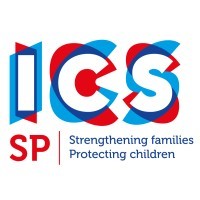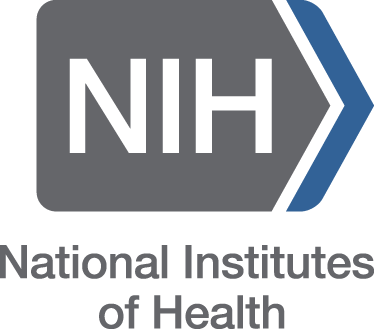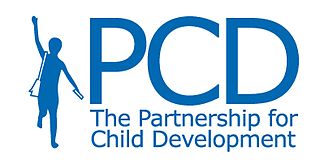The Challenge
Intestinal helminths—including hookworm, roundworm, schistosomiasis and whipworm—infect more than one in four people worldwide and are particularly prevalent among school-aged children in developing countries. These intestinal worms are believed to have a negative impact on education, hindering child development as well as school attendance and reducing income later in life. These effects are especially pronounced in Africa, where nearly half of the total disease burden is due to infectious and parasitic diseases, including helminth infections. Existing randomized studies have focused primarily on the effects that these diseases have on cognitive performance, whereas outcomes of more direct interest to economists and policymakers—school attendance and enrollment, test scores, and ultimately, labor market outcomes—have yet to be thoroughly investigated.
Busia district is a densely-settled farming region in western Kenya adjacent to Lake Victoria. Budalangi and Funyula divisions have some of the country’s highest helminth infection rates, in part due to the area’s proximity to Lake Victoria—schistosomiasis is easily contracted through contact with the contaminated lake water. Soil-transmitted helminths (STH), on the other hand, are transmitted through contact with or ingestion of fecal matter. This can occur, for example, if children do not have access to a latrine and instead defecate in the fields near their home or school, where they also play. One-quarter of Kenyan student absenteeism is attributed to abdominal pains which likely due to intestinal helminth infections. In addition, older children may miss school to take care of siblings who are sick with helminth infections.
The Evaluation
This study evaluated the Primary School Deworming Project (PSDP), which was carried out by International Child Support in cooperation with the Busia District Ministry of Health. The program randomly divided 75 schools into three equal groups which were phased into treatment over three years.
Within each group, a baseline parasitological survey was administered to a random sample of pupils. Schools with worm prevalence over 50 percent were mass treated with deworming drugs every six months. Girls of reproductive age (thirteen and older) were not supposed to be treated due to concerns about the possibility of birth defects. Nonetheless, 19 percent of girls thirteen and older also received medical treatment, partly due to confusion about pupil age, and partly because several Kenyan public health nurses administered drugs to some older girls, judging the benefits to outweigh the risks. In addition to medicine, treatment schools received regular public health lectures, wall charts on worm prevention, and training for one designated teacher. The lectures and teacher training provided information on worm prevention behaviors—including washing hands before meals, wearing shoes and not swimming in the lake.
Results
Impact on Infection Intensity: Deworming reduced serious worm infections by half amongst children in the treatment groups. Pupils that received treatment reported being sick significantly less often, had lower rates of severe anemia, and showed substantial height gains, averaging 0.5 centimeters.
Impact on School Attendance: Deworming increased school participation by at least 7 percentage points, which equates to a one-quarter reduction in school absenteeism. When younger children were dewormed, they attended school 15 more days per year, while older children attended approximately 10 more school days per year. The larger impact of treatment in lower grades may partially result from higher rates of infection among younger pupils.
Spillover: The entire community and those living up to 6 kilometers away from program schools benefited from “spillovers” of the deworming treatment. Spillover effects occur because medical treatment reduces the transmission of infections to other community members. Reductions in infection in non-treated children resulted in an additional 3 to 4 days of schooling per year. Although data was not collected on adults, it is also likely that older community members were able to work more days as a result of spillover effects.
No improvements in test scores were found as a result of the deworming. Additionally, evidence suggests that health education had a minimal impact on behavior, so that to the extent that the program improved health, it almost certainly did so through the effect of the medicines rather than through health education.
Cost-effectiveness
Including the spillover benefits of treatment, the cost per additional year of school participation from deworming is USD 3.50, considerably less than the cost of many alternative methods of increasing primary school participation.
Policy Impact and Implications
Subsequent research showed that deworming also increased the percentage of girls who passed a primary school exam and attended secondary school, and increased non-agriculture hours worked and income for men who received treatment as children. The benefits have also passed to their children, who have shown better health, socioemotional development, and cognitive skills.
In response to the evidence, school-based deworming campaigns have been scaled up across Africa and South Asia.
Partners
 |  |  |  |











